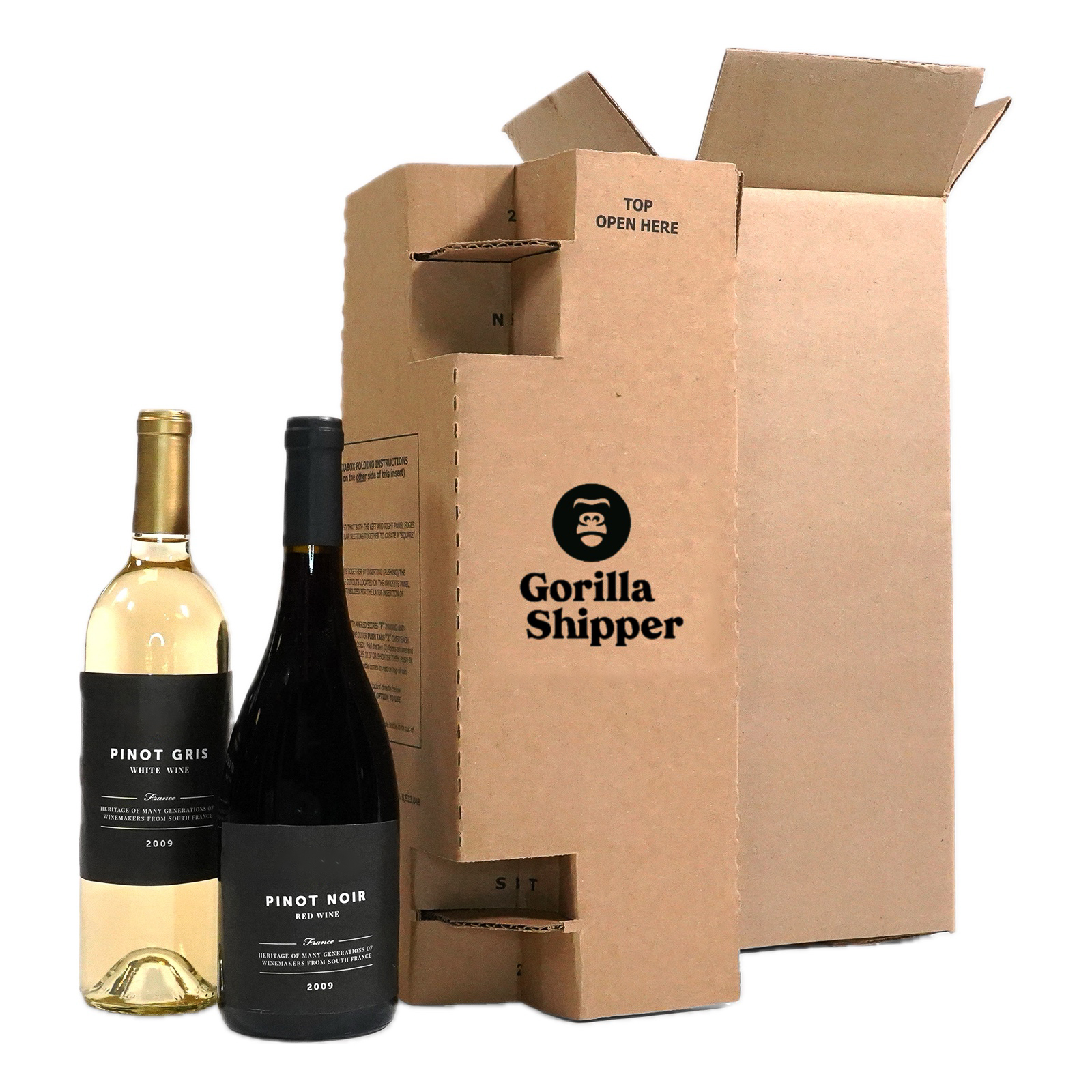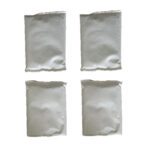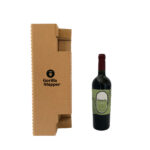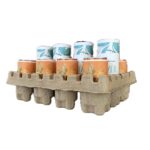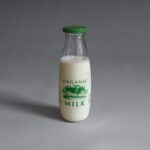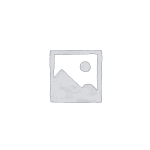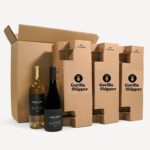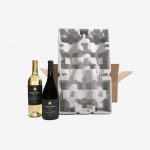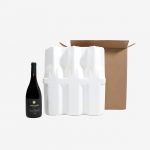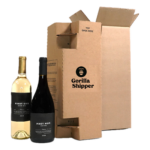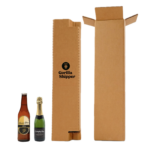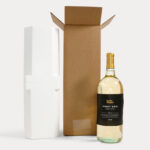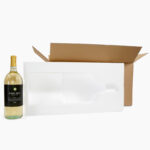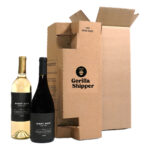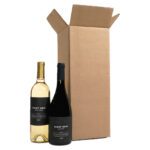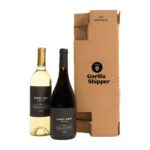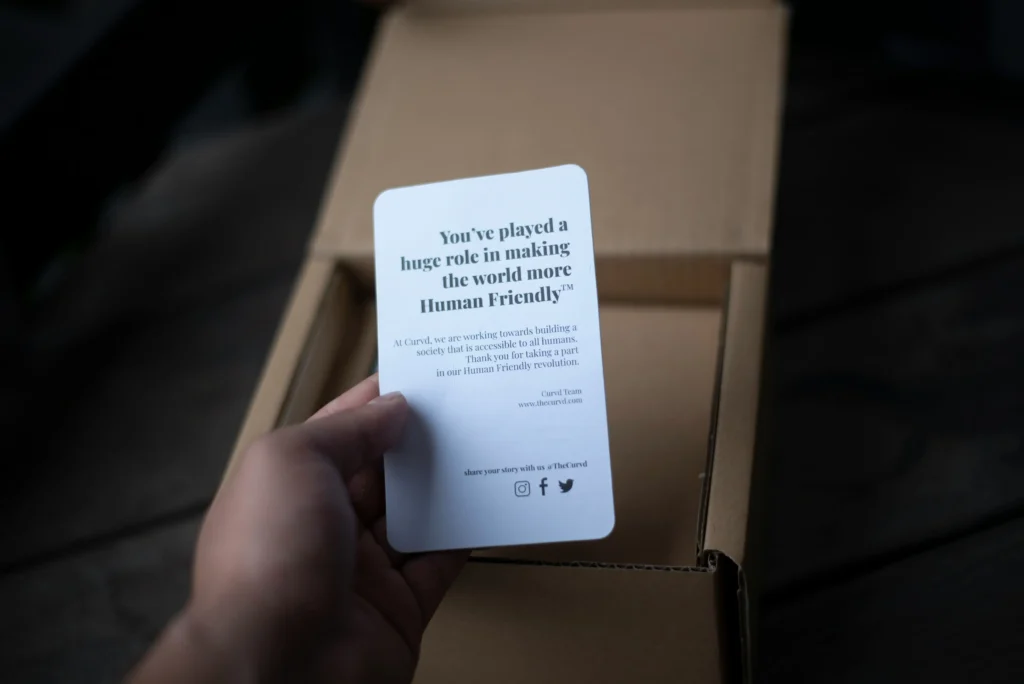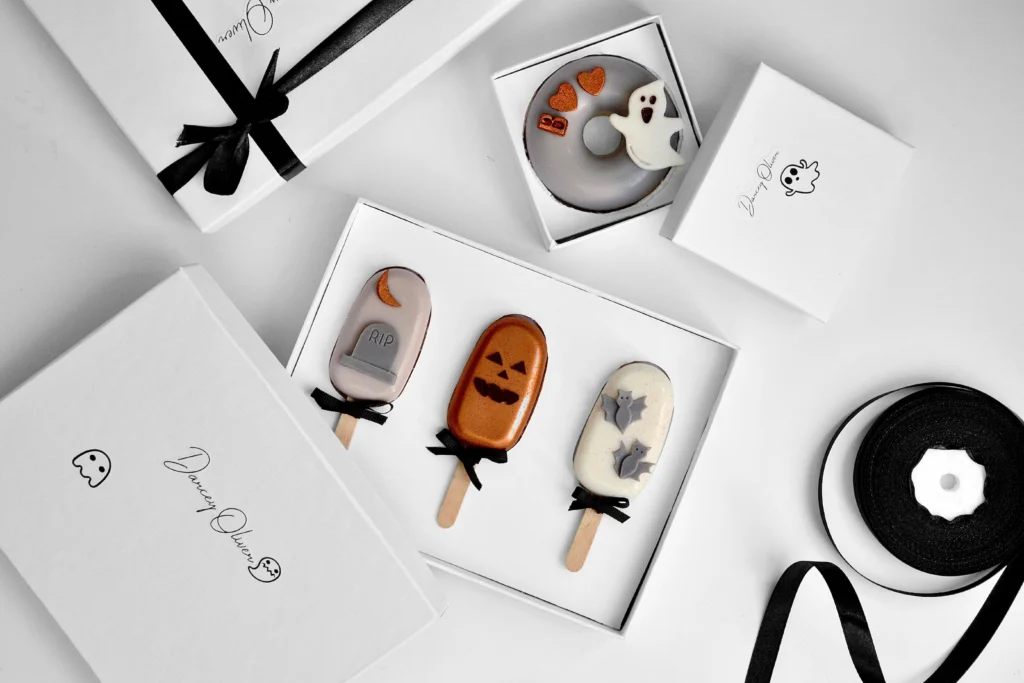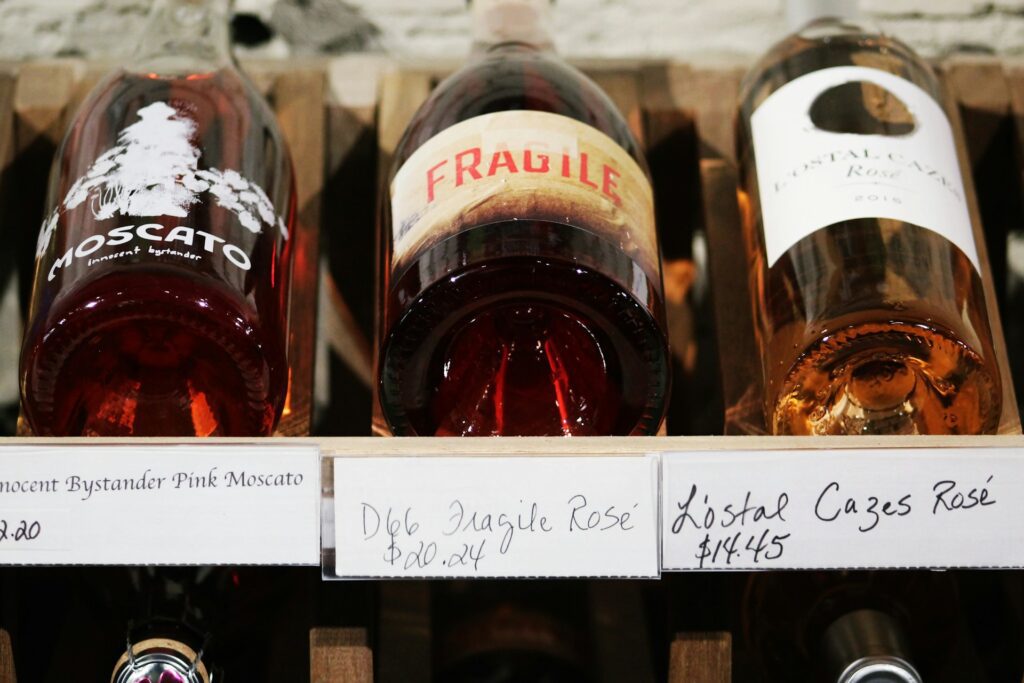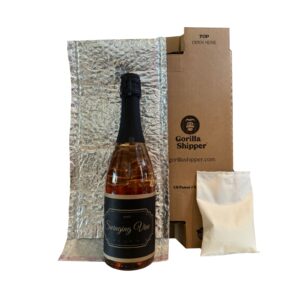The Pros and Cons of Bottled and Jarred Packaged Goods
Every day, countless products are packaged for retail purposes. Stroll into any marketplace, and a quick survey of your surroundings will reveal that nearly every item within sight comes encased in some packaging type or form. Here, we are digging deep into bottled and jarred packaged goods so you can learn about their pros and cons.
Although many consumers prefer plastic because it’s easier to handle and store, some still choose bottled goods for environmental and health benefits. As we examine these factors, we’ll also explore the significance of packaging for businesses and why making informed decisions on this constantly-evolving topic matters.
The Importance of Packaging for Businesses
Packaging plays a pivotal role in business for a multitude of reasons. At the most fundamental level, it protects the integrity of the product inside, ensuring it remains safe during shipment and transportation. Quality packaging is essential as damaged goods can lead to customer dissatisfaction and higher business expenses.
In addition to safeguarding the product, packaging also contributes to efficient distribution and storage. It can contain crucial handling information, making it easier for retail staff to manage bottled and jarred packaged goods and for customers to use the product correctly.
On a broader scale, packaging is a powerful marketing tool. The design and aesthetics of a product’s packaging can communicate its value to consumers and influence their purchasing decisions. First impressions matter. And your exterior packaging helps define your brand and company ideals to new and current customers.
In the age of social media, attractive packaging can serve as “social bait,” encouraging consumers to share the product online, thereby boosting its visibility. While these advantages are noteworthy, we must also consider the environmental impact of bottled goods to make an informed decision.
Common Types of Bottled and Jarred Packaging
For centuries, packaging products in bottles and jars has been a favored approach for many items, from food and drink to beauty products and home essentials. Bottles and jars can be made from different materials, including glass, plastic, cardboard, wood, and metal.
The decision to use specific packaging materials often depends on mitigating factors such as product sensitivity, budget, and aesthetic appeal. In recent years, several trends have emerged in the food, beverage, and perfume industries for bottled and jarred packaged goods, reflecting changing consumer demands.
For instance, dual-purpose bottles serve a secondary function after their contents have been consumed, such as reusable water bottles or containers for storing other items. Furthermore, the push toward sustainability has led to plant-based bottled goods and packaging blends that use less plastic, increasing resource efficiency and reducing environmental impact.
As industries continually advance, manufacturers need to balance the functional and visual elements of packaging. They should always stress product safety and quality while aligning with what consumers anticipate and prefer. These advances in product packaging showcase the importance of innovation and adaptation in this crucial aspect of product presentation.
Pros of Bottled and Jarred Packaged Goods for Businesses
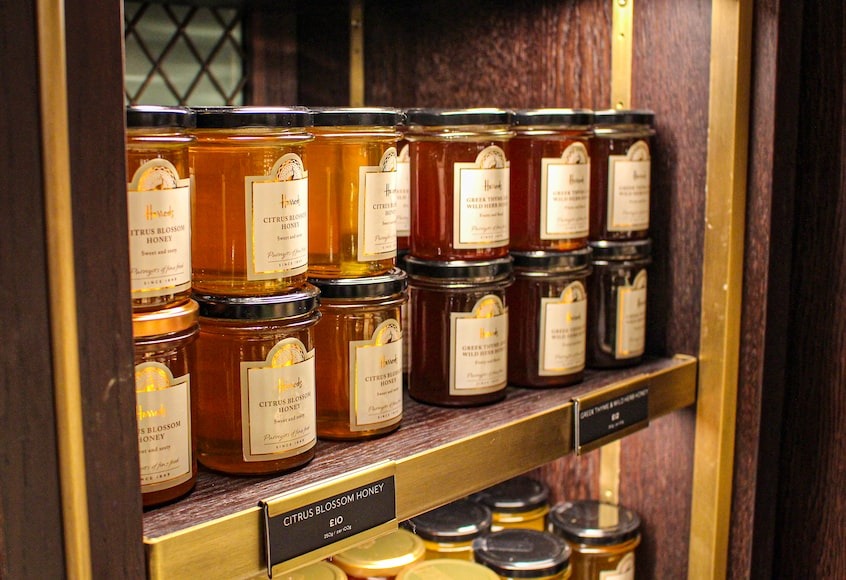
Bottling and jarring your products offer many advantages. We’ll discuss some of them below.
#1 – Product Protection
Bottled and jarred products are easy to store and transport, providing a practical solution for consumers and businesses. Moreover, they can be more cost-effective, especially bottled goods, which typically are reusable and potentially reduce environmental impact.
Glass containers, in particular, offer the advantage of being airtight, which helps prevent contamination and preserve product quality. Regardless of the type, one consistent benefit of bottled and jarred packaged goods is their long shelf life. Manufacturers seal products in environments that help maintain their freshness and quality over time.
#2 – Marketing and Branding
Bottled goods play a critical role in crafting an appealing product presentation. The transparency of glass allows consumers to see the product they’re purchasing, fostering trust and authenticity. That can be particularly beneficial for food, beverage, or cosmetic items where visual appeal can significantly influence buying decisions.
In addition, the premium appearance and feel of glass bottles and jars add a layer of sophistication that resonates with customers. Heavier containers indicate higher quality and can elevate a product, positioning it as a luxury or high-value item. This perceived value can justify a higher price point and enhance customer satisfaction and loyalty.
Lastly, one cannot overlook the customization possibilities that bottles and jars offer. Bottled and jarred packaged goods are blank canvases for businesses to express their brand’s personality. That could be through logos, unique color schemes, or distinctive typography. Such customization allows businesses to stand out on crowded shelves, boost brand recognition, and create a lasting impression in the minds of consumers.
#3 – Consumer Convenience
In retail businesses and storefronts, bottled and jarred packaging offers a wealth of benefits, primarily by amplifying consumer convenience. These containers are like nomadic wizards of storage. Easily carried and trouble-free, they shape-shift to fit into practically any environment.
Moreover, bottles and jars are reclosable, which makes them different from other packaging options. This feature helps the product last longer, and it reduces waste. After using what they’ve bought, people can seal it right back up. This nifty trick keeps the product fresh as a daisy and in perfect shape for much longer.
Another cool thing about glass bottles and jars? You can see right through them. That means you can give your purchase a quick once-over without opening it. It’s like getting a sneak peek at the quality and amount of the product inside.
As a result, bottled goods can significantly boost a business’s standing by meeting and exceeding customer expectations in convenience, product preservation, and visual appeal.
Cons of Bottled and Jarred Packaged Goods for Businesses
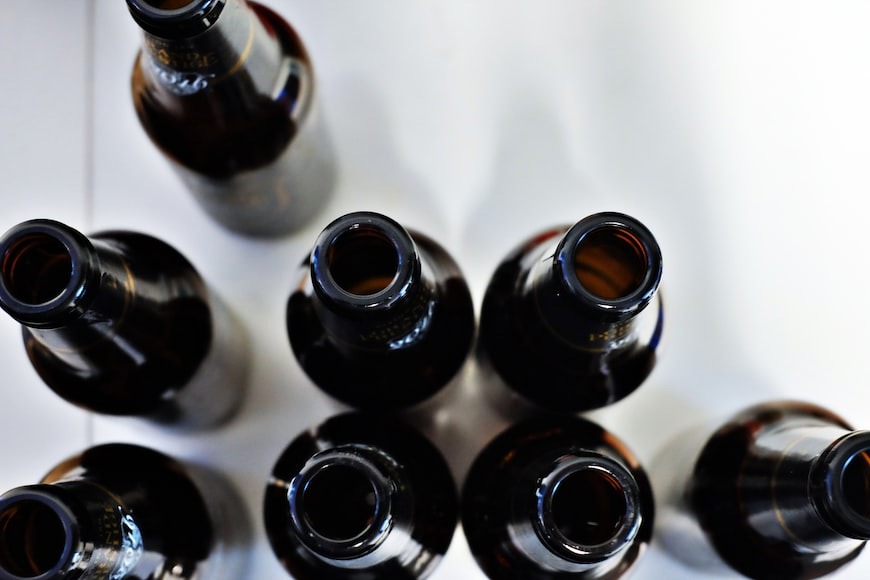
While glass bottles and jars often present an image of quality and premium product offerings, there are some downsides that businesses must consider.
#1 – Environmental Impact
The environmental impact of bottled and jarred packaged goods can be significant. For instance, waste production is a primary concern.
Despite glass being recyclable, not all regions have the necessary facilities, leading to increased waste. Additionally, the energy consumed during the production process of bottled goods can be substantial. Also, food items packed in glass often contain preservatives to increase shelf life, which may not align with the growing consumer preference for natural and preservative-free products.
Finally, it’s worth noting that certain chemicals could react with sunlight, which may alter the taste and color of the product. While glass offers many benefits, these factors underscore the need for businesses to carefully weigh the pros and cons when deciding on their packaging choices.
#2 – Costs and Logistics
As far as the financial aspect, bottled and jarred packaged goods can pose significant challenges for businesses. That is due to the weight and fragility of glass, which requires careful handling and robust packaging during transit to prevent damage.
Besides that, the uncertainty around raw materials and product yields for certain foods can add another layer of complexity and risk. The distance between production facilities can further complicate this scenario and impact costs and delivery times.
Temperature control is another crucial factor to consider. Certain bottled goods require refrigerated storage or temperature-controlled environments, which can significantly increase operational costs.
Lastly, despite all precautions, the potential for broken glass during transportation remains a serious concern. Given these factors, businesses should consider these cons when opting for bottled and jarred packaging solutions.
Best Practices for Businesses Considering Bottled and Jarred Packaged Goods
Before diving headfirst into bottled and jarred packaging, consider every factor that affects your bottom line. That includes the ingredients, manufacturing expenses, and logistics. These expenses can quickly escalate with jarred and bottled goods, so cover every aspect.
First and foremost, the packaging should serve its primary function ⏤ protecting the product. You might need to consider different materials or designs that protect without adding unnecessary bulk or weight.
Packaging is also a powerful branding tool. It’s the first thing customers see, so it should reflect your brand’s identity and values. Use colors, shapes, and designs that align with your brand. Remember, less can often be more.
While you want the best protection and branding, you must keep costs in check. More elaborate designs or higher quality materials can drive up the cost. Always consider product price points and make sure the packaging cost makes sense. You don’t want to spend more on packaging for a budget product than a premium one.
Wrapping Up
Making the right decision for bottled and jarred packaged goods may seem complex. But if you factor in all variables, you can do it. These types of packaging offer undeniable benefits, such as durable protection, marketing and branding opportunities, and extra convenience for the consumer. Ultimately, they are essential tools that businesses need to compete.
Yet, there are challenges. The environmental impact of bottled goods is under the microscope in our increasingly eco-conscious society. And costs and logistics also pose potential hurdles that need careful management.
But despite these challenges, the role of packaging remains pivotal and can make or break your brand. In light of this, we invite you to explore Gorilla Shipper’s Hexabox and molded pulp packaging solutions to protect your bottled and jarred packaged goods. All our products are ISTA 6-FEDEX-A TEST certified and approved. Buy in bulk and save!

